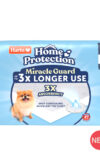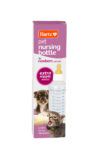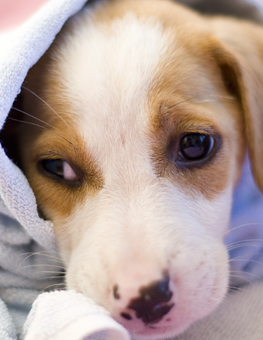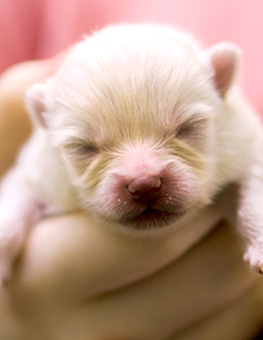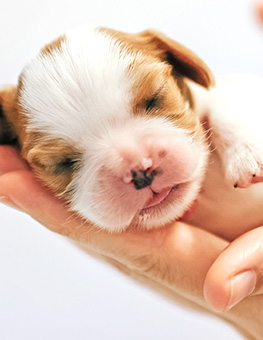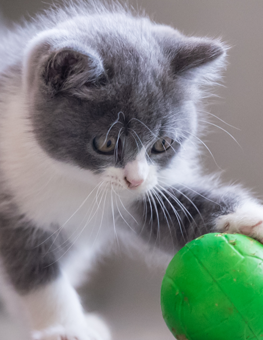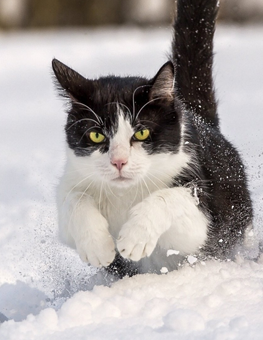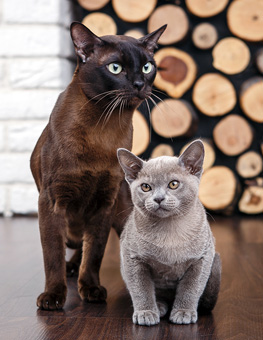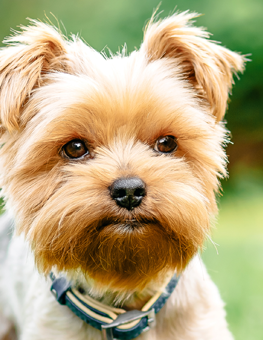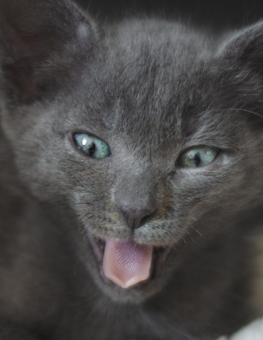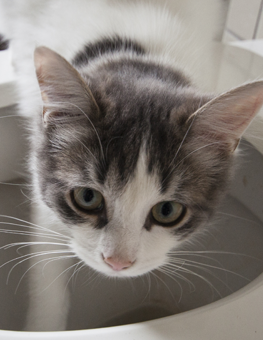How to Keep Newborn Puppies Warm
Newborn puppies need warmth more than food. Here’s what you need to know about warming him up and creating a cozy nest.

Keeping a newborn puppy warm is far more critical than food. Cold puppies can’t nurse or digest food.
Under normal circumstances, neonatal puppies depend on their mom to maintain their body temperature. But your situation is far from normal. Without external heat, it doesn’t take long for a puppy to become chilled (hypothermic).
Newborn puppies can't generate their own body heat until they develop the shiver reflex at around two and a half weeks. At birth, his body (rectal) temperature should fall between 95° and 99°F. If it drops below 94°F, your puppy could be facing life-threatening hypothermia. Over the next three weeks, his body temperature will slowly rise until it reaches 99° to 100°. Eventually, he’ll sustain a normal temperature of 101.5°.
Until his little body can produce its own heat, Mom (or in her absence, you) must provide warmth. If a mom can care for her brood, let her keep the babies warm. Under normal circumstances, she shouldn’t need additional heat. Without her, it’s up to you to keep the room temperature according to the chart below.
Puppy’s Age |
Room Temperature |
| Newborn to 7 days | 85º to 90ºF |
| Day 8 to 14 | 80º to 85ºF |
| Day 15 to 21 | 75º to 80ºF |
| Day 22 to 28 | 70º to 75ºF |
Despite our instinct to want to immediately feed a puppy in trouble, warmth is far more critical than food. Cold puppies can’t nurse or digest food. Their heart rates drop, and the circulatory and respiratory systems collapse. They don’t last long.
But you don’t want to warm a cold puppy too quickly because that, too, can be fatal. You have to find that happy medium between having a chilly dog and a hot dog. The safest way to warm him is old school—using your own body heat. Don’t rush it; warming him too quickly could send him into shock. Hopefully, in a couple of hours, you should feel him wiggling and moving around. Then it’s safe to prepare the bottle.

The safest way to warm a newborn puppy is old school—using your own body heat.
When you’re ready to set up the nest, place clean towels or puppy pads in a cardboard box positioned well away from drafts like air conditioning vents, windows, and doors.
Puppy Warming Pad
Position the box half-on half-off a heating pad (rather than placing the heating inside the box.) This way the puppy can crawl off the heat source should the pad grow too hot. Cover the floor with a towel, blanket or puppy pads. If you must put the heating pad inside, make sure the puppy can’t come in direct contact with it. If he’s open-mouth panting, the box is too warm.
A litter of puppies can help you gauge their comfort level more easily than a solo pup. Cold puppies will cry and they’ll collect in a pile to help keep each other warm. Hot dogs will separate and sleep apart.
Ways to Keep Your Newborn Puppy Warm (with Caution)
- A heating pad for puppies. Manufacturers of heating pads made for people do not recommend them being used on animals. Even set on “low”, temperatures can soar to dangerously hot levels, requiring almost constant monitoring. Pads made for animals don’t get as hot and usually have a low-voltage power supply.
- Hot water bottle. Or improvise one out of a shampoo or mouthwash bottle. Wrap a thick towel around the bottle so the puppy can’t come in direct contact with it. As with the heating pads for puppies, make sure he can move away from the bottle if he gets too hot.
- Heating lamp for puppies. Heat lamps will warm him up, but they can be dehydrating and hard to regulate. He can easily become overheated with no way to escape.
- Warm uncooked rice. In an emergency, you can fill a heavy sock with ½ cup uncooked rice. Heat in the microwave for 60 seconds. The rice-filled sock should stay warm for three hours. Check it to make sure it’s not too hot. You may need to wrap it in a towel.
Whatever heat source you provide for your puppy, make sure he doesn’t become overheated or suffer burns.
Learn more about Newborn Puppy Care.



